US consumer inflation hits 40-year high, impacting working Americans
Consumer prices in the US have made the biggest year-to-year jump since 1982, the latest sign that rising inflation is negatively impacting working Americans.
The latest report from the US Labor Department on Wednesday comes on the heels of data last week showing the labor market was at or near maximum employment.
Fed Chair Jerome Powell on Tuesday said the US central bank stood ready to do what was needed to keep high inflation from becoming "entrenched," in testimony during his nomination hearing before the Senate Banking Committee for a second four-year term as head of the bank.
"The Fed is going to be forced to begin raising rates in March and depending on the political pressure on them – from both sides of the aisle – they are going to have to raise rates four or more times in this year and potentially more than that next year," said Chris Zaccarelli, chief investment officer for Independent Advisor Alliance.
The consumer price index increased 0.5% last month after advancing 0.8% in November. In addition to higher rents, consumers also paid more for food, though the 0.5% increase in food prices was less than in recent months. Gasoline prices fell 0.5% after rising 6.1% in both November and October.
In the 12 months through December, the CPI surged 7.0%. That was the biggest year-on-year increase since June 1982 and followed a 6.8% rise in November.
BREAKING: US inflation climbed to 7% in December – the highest level since 1982.
— Heather Long (@byHeatherLong) January 12, 2022
December was the 8th month that inflation (y/y) has been at 5% or higher.
Shelter, used cars and food drove the high inflation. Energy (including gas) fell slightly pic.twitter.com/GCbplNr5E2
Economists polled by Reuters had forecast the CPI gaining 0.4% and shooting up 7.0% on a year-on-year basis.
The economy is experiencing high inflation as the COVID-19 pandemic snarls supply chains. The high cost of living is weighing on President Joe Biden's approval rating. US stocks opened higher amid relief that the rise in prices last month was in line with expectations. The dollar fell against a basket of currencies. US Treasury prices rose.
An Associated Press/NORC Center for Public Affairs Research poll this week found that an overwhelming majority of respondents listed inflation as a top concern in 2022, while only 37% said COVID-19 was one of their highest priorities.
Inflation is well above the Fed's 2% target and is also being lifted by budding wage pressures. The government reported last Friday that the unemployment rate dropped to a 22-month low of 3.9% in December. Money markets currently price about 85% odds of an interest rate hike by March, and a total of at least three quarter-point hikes by year-end.
Economists believe the year-on-year CPI rate probably peaked in December or will likely do so by March. There are signs that supply bottlenecks are starting to ease, with an Institute for Supply Management survey last week showing manufacturers reporting improved supplier deliveries in December.
But soaring COVID-19 cases, driven by the Omicron variant, could slow progress towards normalization of supply chains. Excluding the volatile food and energy components, the CPI increased 0.6% last month after rising 0.5% in November.
The so-called core CPI was boosted by rents, with owners' equivalent rent of primary residence, which is what a homeowner would receive from renting a home, rising a solid 0.4% for a third straight month.
Prices for used cars and trucks accelerated 3.5% after increasing 2.5% in each of the prior two months.
The surge likely reflects Hurricane Ida, which destroyed thousands of motor vehicles among other property. New motor vehicle prices rose 1.0%, marking the ninth consecutive month of gains. A global semiconductor shortage has undercut motor vehicle production.
Prices for household furnishings and operations rose 1.1%, while the apparel index jumped 1.7%, the largest increase since January 2021. The cost of healthcare rose 0.3%.
In the 12 months through December, the so-called core CPI accelerated 5.5%. That was the largest year-on-year gain since February 1991 and followed a 4.9% advance in November. The year-on-year core CPI rate is seen peaking in February.
(Source: Agencies)
'Gaza has won': Social media users react to ceasefire with mix of relief, joy
Iran seeks South Korea’s assistance for AI, fiber-optic projects
VIDEO | Iran's 'Eqtedar' (Power) maneuver
Israel hits HTS military target in Syria for 1st time since fall of Assad
VIDEO | Press TV's news headlines
Israel has slaughtered 13,000 students in Gaza, West Bank
VIDEO | More Zionist than Zionists: Biden’s legacy to be defined by Gaza genocide
Hamas confirms handing approval of Gaza ceasefire deal to mediators


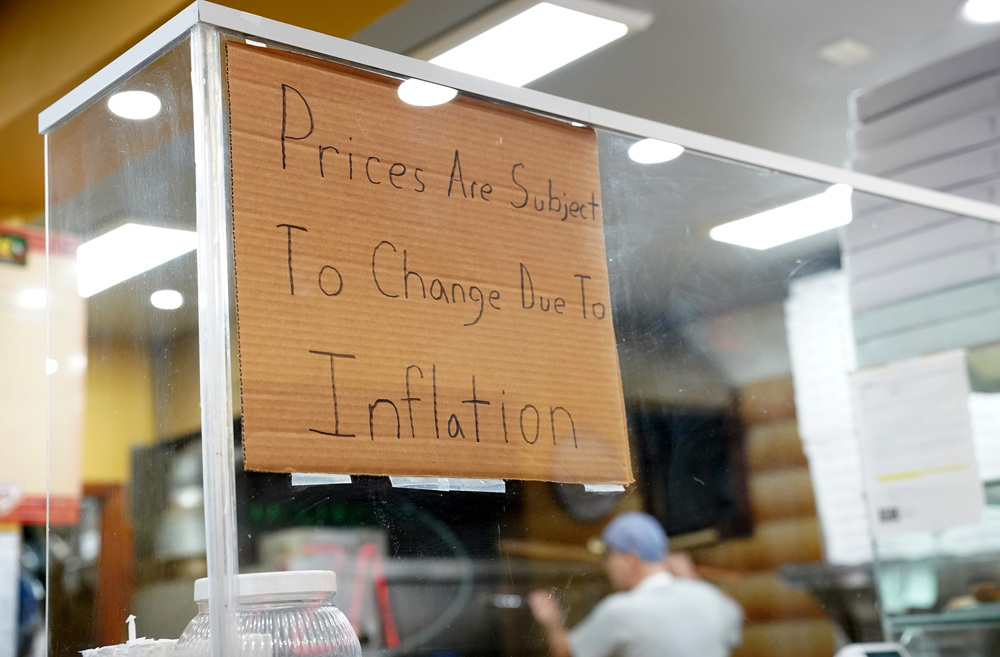
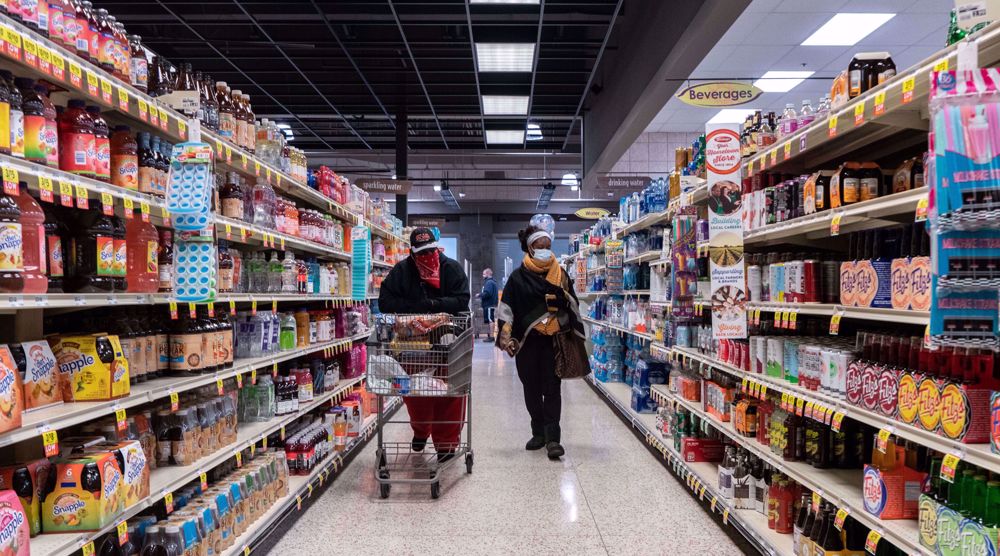
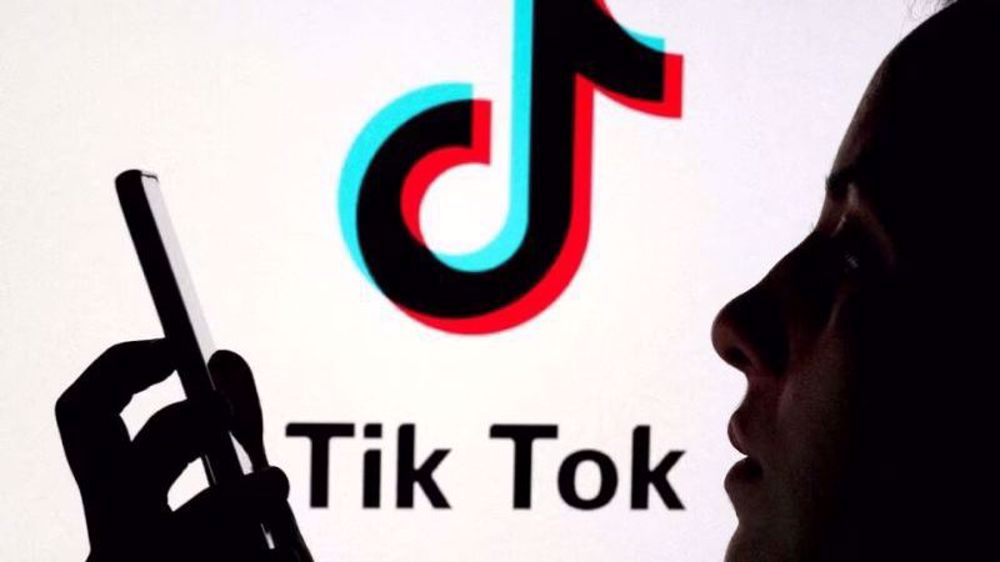





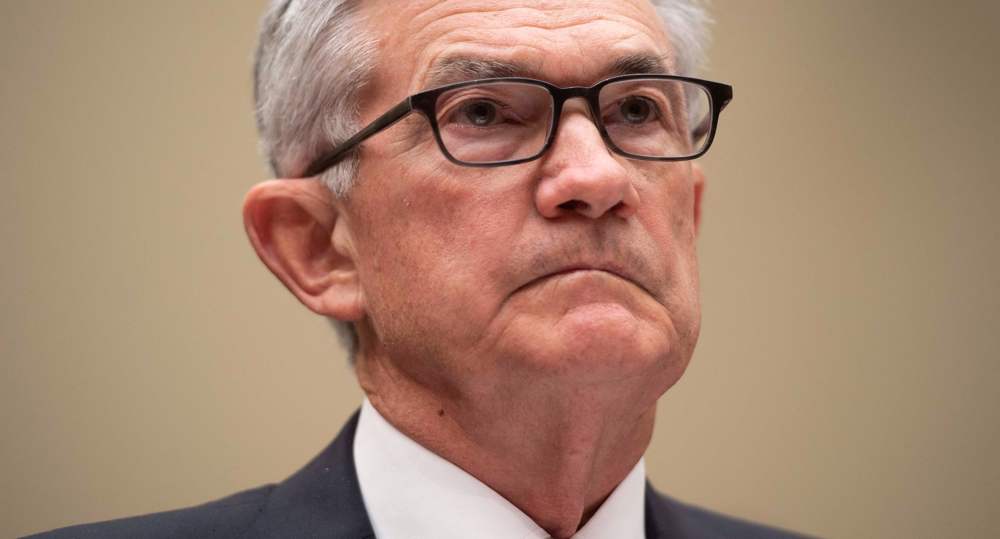
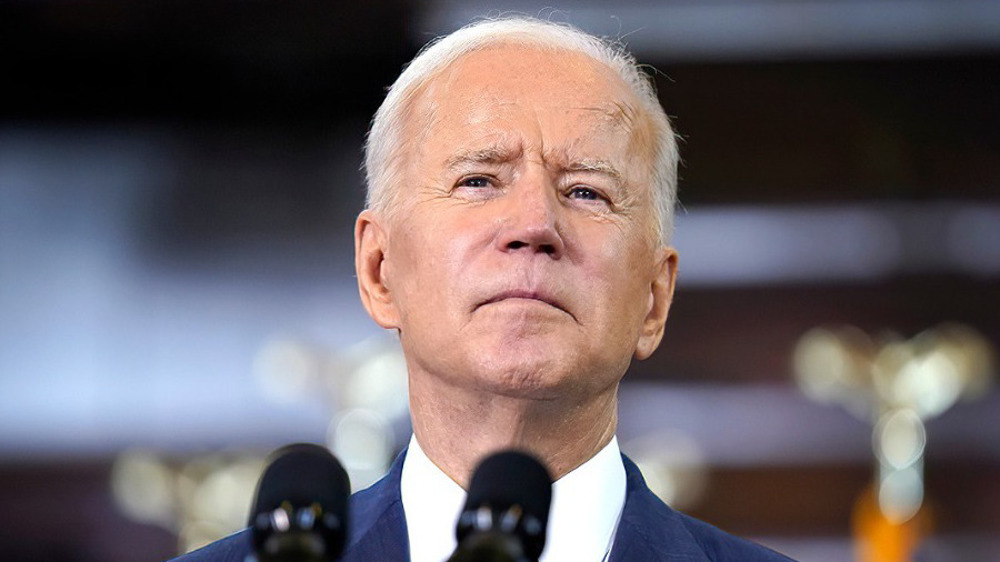
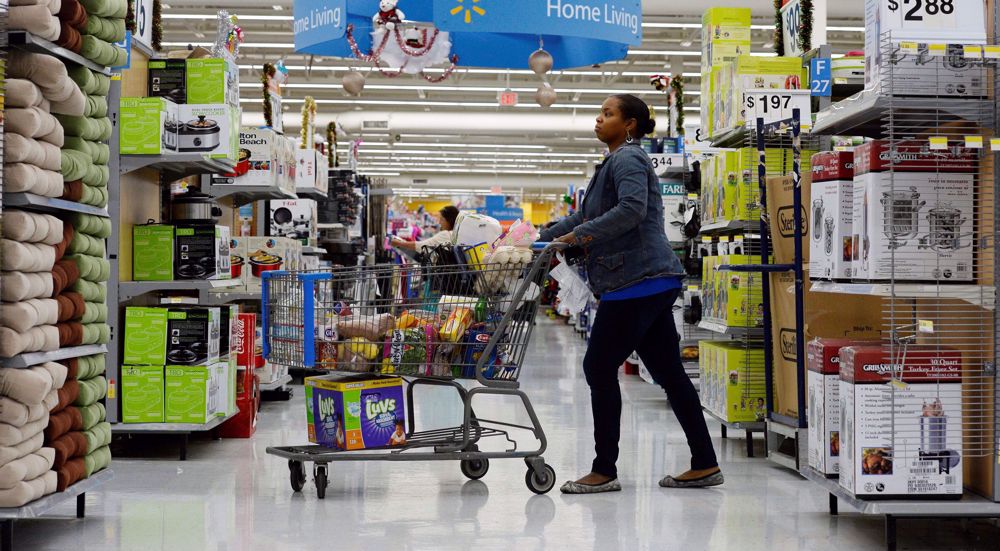


 This makes it easy to access the Press TV website
This makes it easy to access the Press TV website